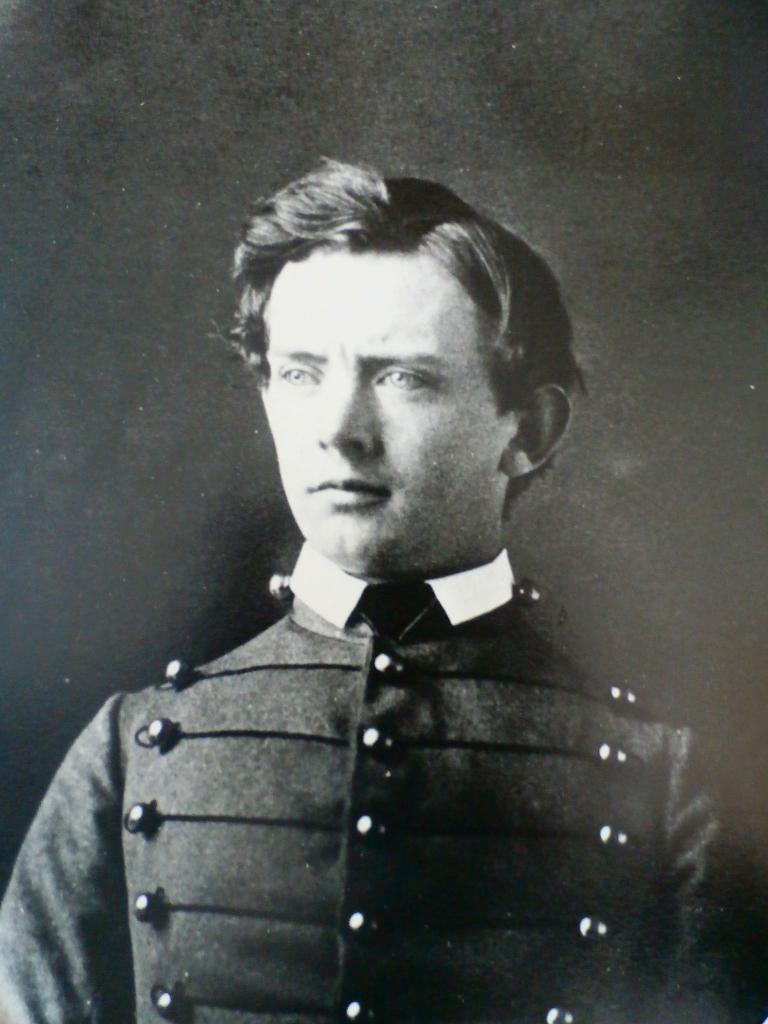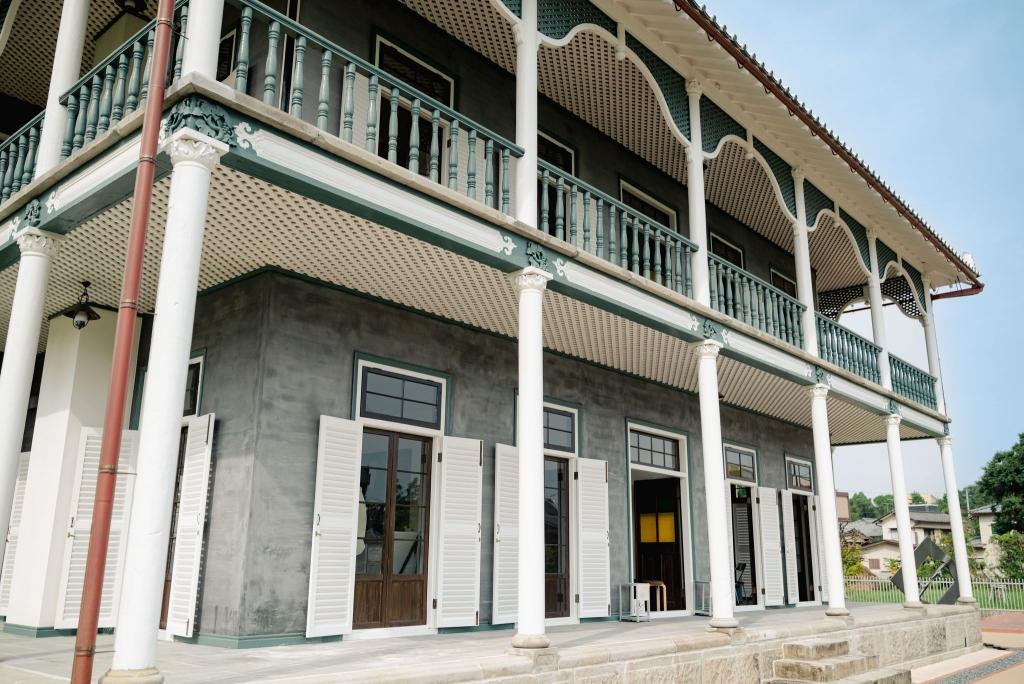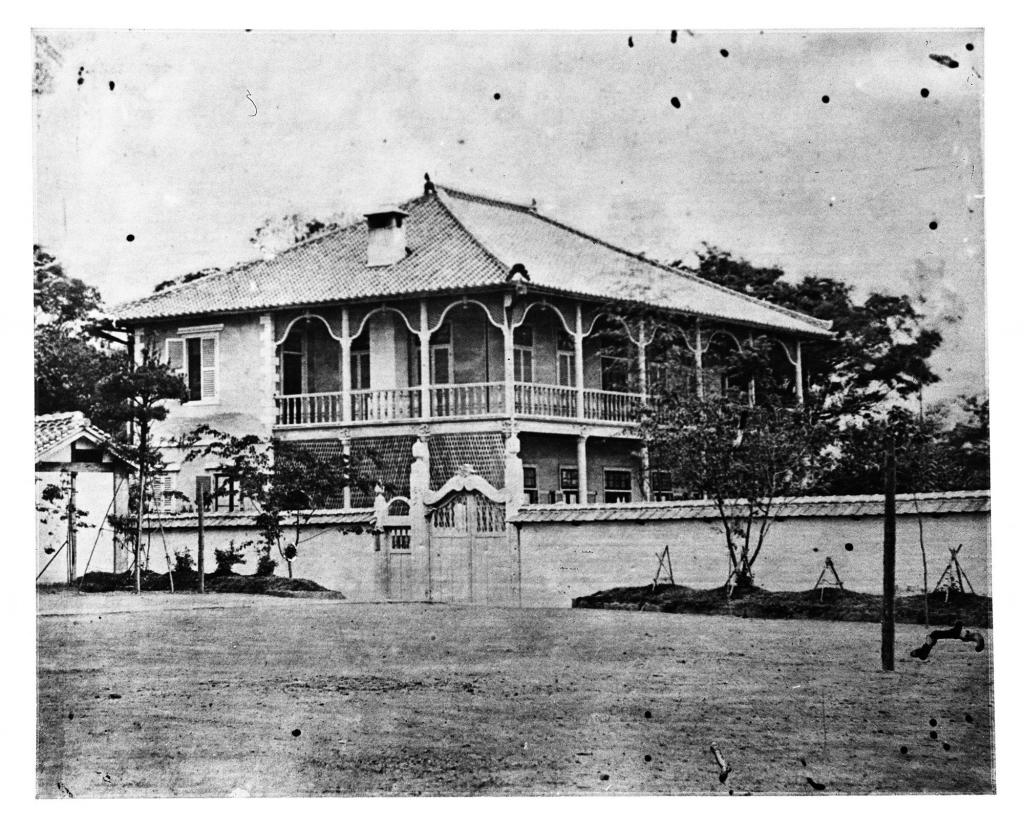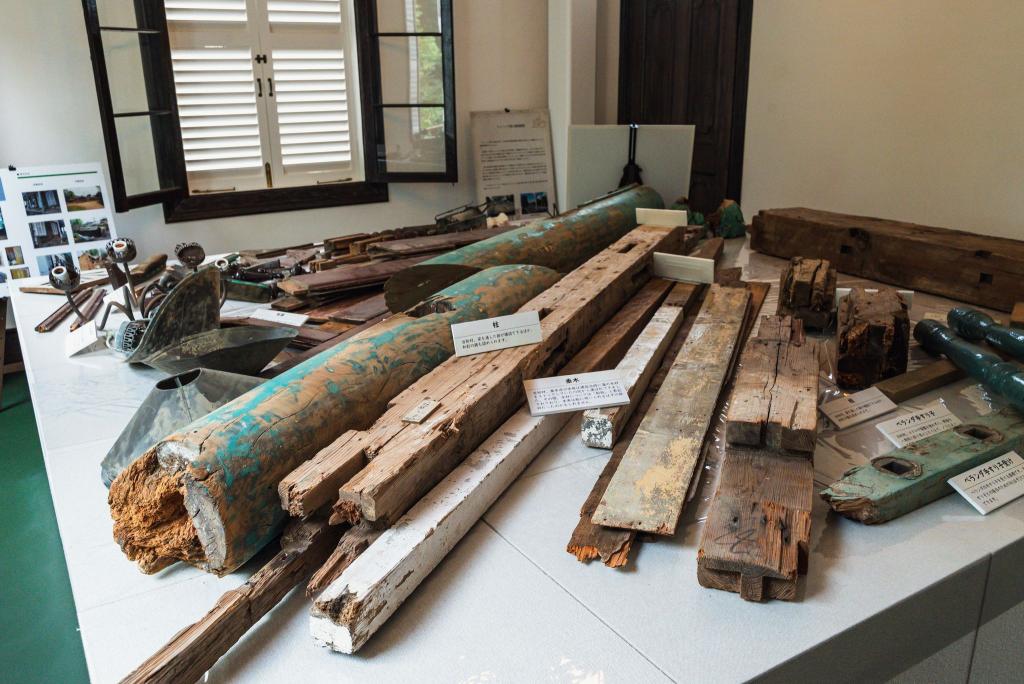The late 19th century marked a period of profound social and political upheaval in Japan. Rapid colonization throughout Asia by Western countries left Japan feeling vulnerable and with an urgent need to modernize. This sentiment led to the Meiji Restoration of 1868, when feudal rule of Japan under the Tokugawa shogunate ended and political power was restored and consolidated under the emperor. In the aftermath of the Meiji Restoration, Japan embarked on a series of sweeping reforms aimed at bolstering its military, education system, agriculture, and industry.
A Pioneer in Western Education

At this time, Japan began recruiting foreign experts from various fields to introduce Western knowledge and technologies. The government of Kumamoto decided to build a school for teaching Western studies (the Kumamoto Yogakko) and hired Leroy Lansing Janes, a former American military captain, to head the school. In 1871, Janes relocated to Kumamoto, accompanied by his family .

To provide Janes with suitable accommodations, the Kumamoto government commissioned the construction of the Janes Residence near Kumamoto Castle. The residence was distinctly Western, characterized by its wraparound veranda, chimney, glass windows, and a host of decorative flourishes. While the construction employed Japanese techniques, the overall design was intended to imitate Western architecture, resulting in a unique blend of Western aesthetics and Japanese craftsmanship.
A Legacy of Education and Technological Advancement
During his five-year tenure in Kumamoto, Janes taught a total of around 200 students aged 10 to 20. Janes spoke no Japanese and taught exclusively in English. Students spent their first-year learning English before studying other subjects like mathematics, history, and science in English in their second through fourth years.
In addition to teaching at the Kumamoto Yogakko, Janes also introduced new technologies and techniques to Kumamoto. He taught farming methods by growing Western vegetables like cauliflower and lettuce and showed how to use a horse-drawn plow.
A Catalyst for Christian Conversion

Janes was also a devout Christian. Despite contractual restrictions prohibiting him from teaching religion at school, Janes dedicated his personal time to conducting bible studies at his residence. Although many students initially participated primarily to enhance their English proficiency, several individuals embraced Christianity as a genuine belief. This culminated in 35 of his students signing a pact pledging their belief in Christianity, a highly controversial act at the time. This event, combined with increased local discontent towards the rapid Westernization of Japan, led to the refusal of the local government to renew Janes’s contract in 1876 and the closure of the Kumamoto Yogakko.
Janes left Kumamoto at an opportune time as, just a month or so later, Kumamoto was the epicenter of the ShinpurenIncident , an uprising of around 170 xenophobic, conservative samurai against the Meiji government. This violent insurrection resulted in the deaths of nearly 200 people, including the governor of Kumamoto Prefecture. Had Janes remained in Kumamoto during this tumultuous period, he would likely have become a target for the rebels.
A Residence with a Multifaceted Legacy
Following Janes' departure, his residence served various purposes, even housing the Japanese Red Cross for a time. The Janes Residence was also moved multiple times before being rebuilt near Suizenji Jojuen Garden in 1970. In 2016, Kumamoto was struck by a series of powerful earthquakes that completely flattened the Janes Residence. It took seven years and considerable cooperation from the locals, but the structure was finally rebuilt at a new location next to Suizenji Garden and visible from the city tram. A remarkable feat of architectural preservation, the majority of the materials used to rebuild the structure were reused from the original pre-earthquake residence.


Janes Residence
Address: 12-10 Suizenji Koen, Chuo Ward, Kumamoto City 862-0956
Hours: Tue-Sun 9:30AM-4:30PM


